The Artist’s Insight: Acrylics & Oils
Acrylic and oil paint both have their strengths and are useful for different styles of art. Acrylic is quick drying and perfect for applying large, bold swathes of colour, whereas oil paints are easier to blend and build up. We chatted to a few of our artists about their medium of choice, and how they make it their own.
Katie Wyatt: Oils
Katie Wyatt has only switched back to oil paints recently, after using acrylics for many years. “I was becoming frustrated with the acrylic not keeping its form,” Katie tells us.
“I’m so happy I switched back. Oil holds its form and I’m able to achieve highly textured work wet-in-wet that I would not be able to achieve with acrylic. I use large brushes to lay colour down then switch to palette knives to sweep large amounts of paint and colour onto the work.”
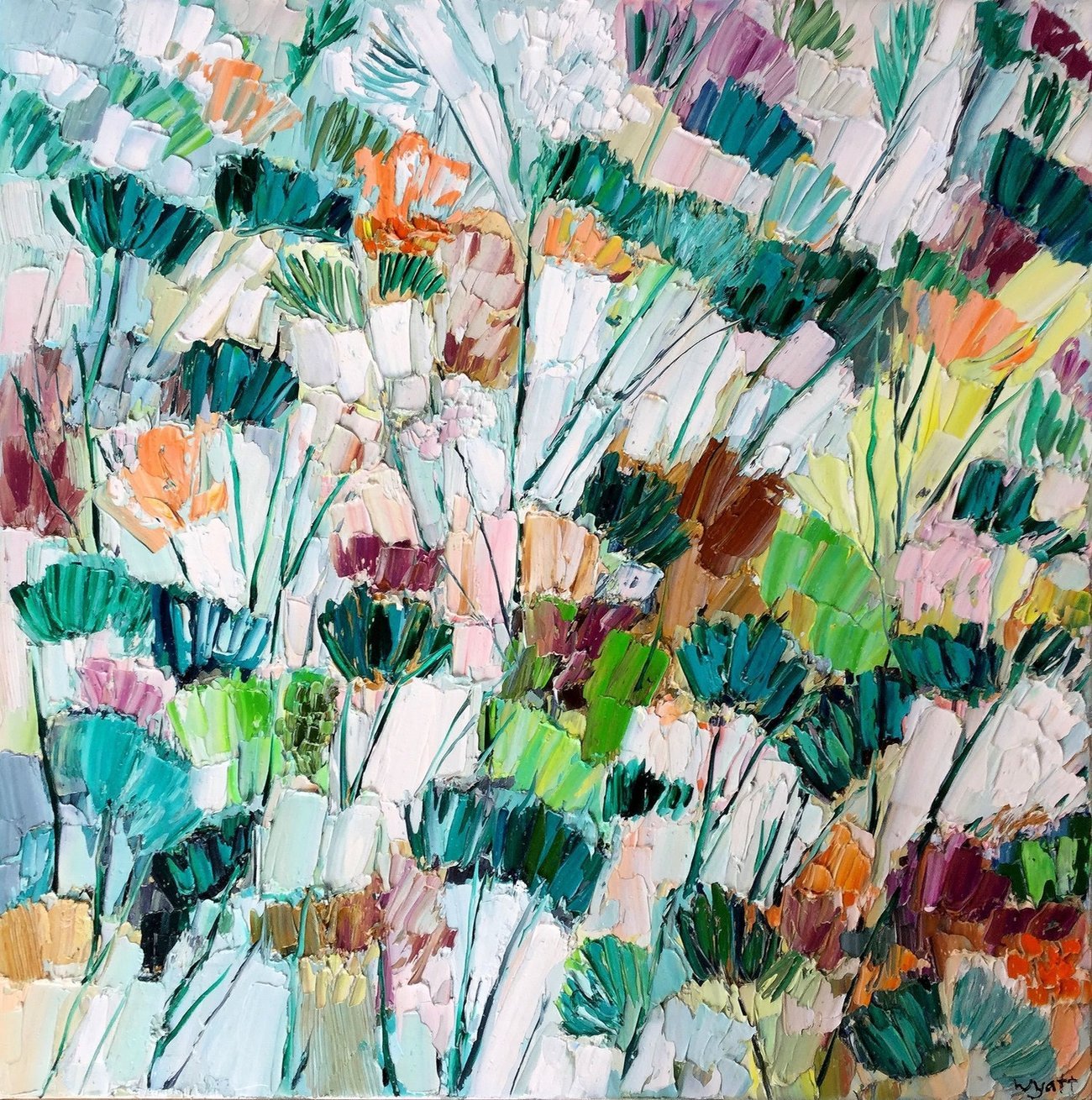
Katie’s work is very textured. You can see why she favours oils! Maisie.
Clair Bremner: Acrylics
For acrylic artist Clair Bremner, speed is of the essence. “I work really quickly – I like to get paintings done within a day of so. I also work with a lot of layers – if I was to do that with oils I wouldn’t be done for weeks!”
“I’ve been working with acrylic paint exclusively for at least 4 years but after trying lots of different mediums I always come back to acrylic,” says Clair. “It tends to be more opaque – the colours that you paint underneath don’t necessarily show through the layers, which is great for my particular style. And clean-up is a lot easier too, you just need water.” To make her paints flow and drip more easily, Clair uses a thinning medium.
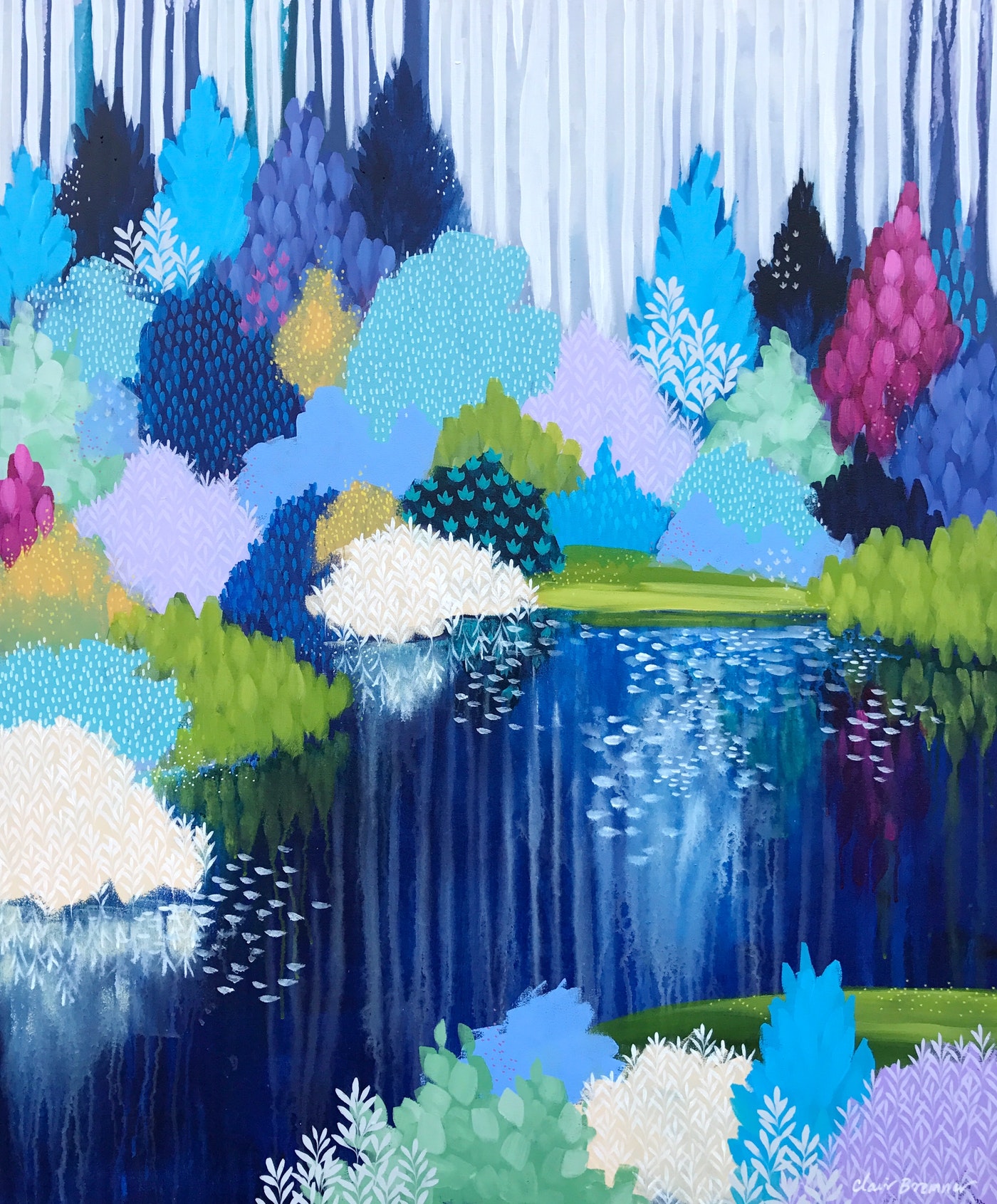
Clair’s work is beautifully rich and colourful – you can understand why she needs to layer the colours! At the River Bend.
Elaine Green: Oils
Elaine Green favours oil paints for their blendability. To create her iconic clouds, she tells us that “oil paints work much better as they have a more buttery sort of texture. I use soft brushes that are meant for acrylics in order to get those soft, blended effects.”
“I started using oils when I inherited some oil paints, and that’s how I started painting. Now, it doesn’t feel right to use acrylic paints.”
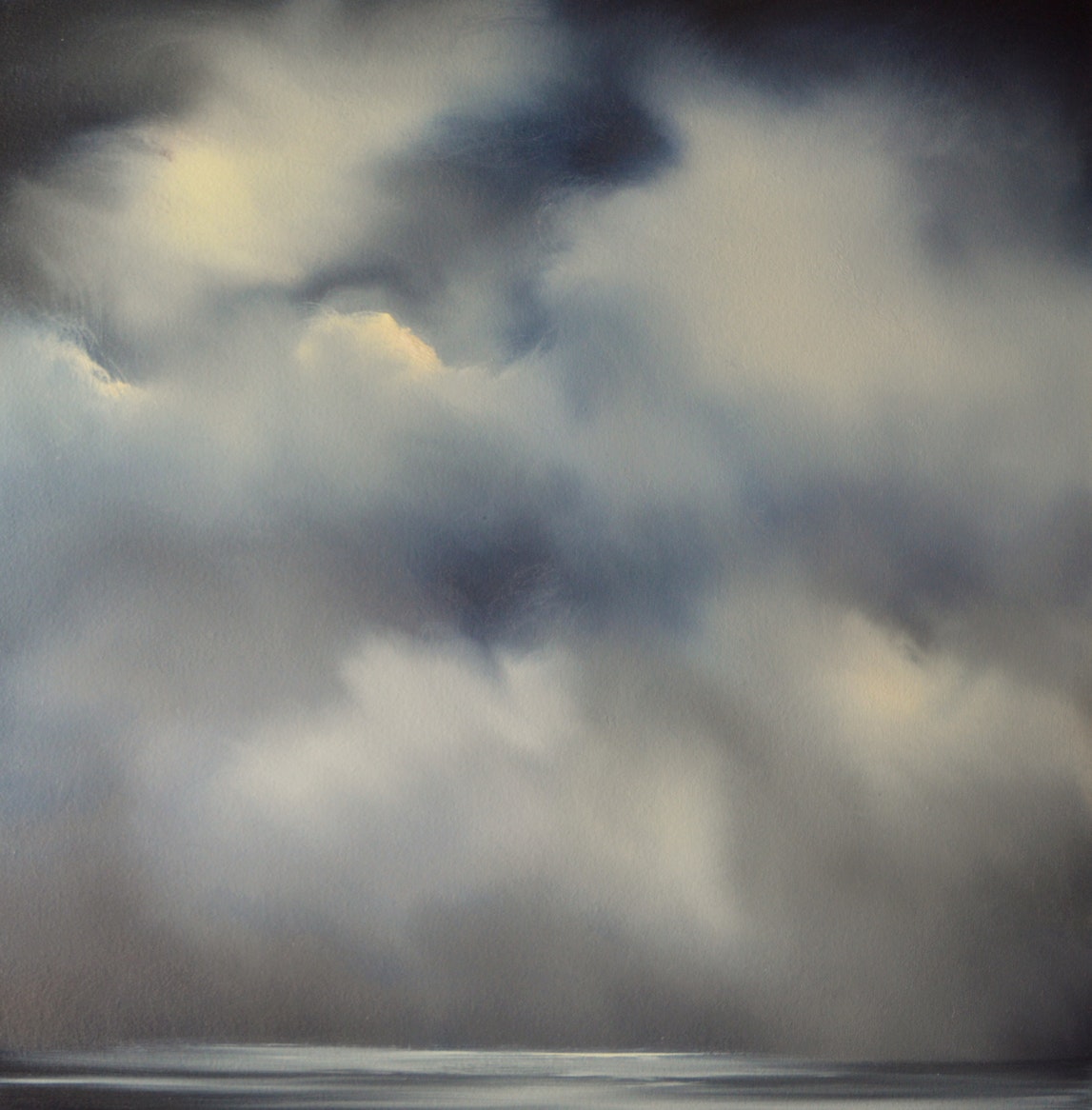
Elaine’s work is unbelievably realistic! Painting: For Only A Moment 4.
Susan Trudinger: Acrylics
For Susan Trudinger, however, acrylic paint is perfect for her expressive style. “Acrylic paint is very versatile and quick drying. I work quickly and spontaneously – if I was to use oils the drying time would be so much longer and it would break the flow of the idea.”
“I have been using acrylics for as long as I have been painting, which is most of my life. I use different types of brushes and I also sometimes use a palette knife, a sponge, the end of the paint brush or a cloth to rub the paint into the surface.”
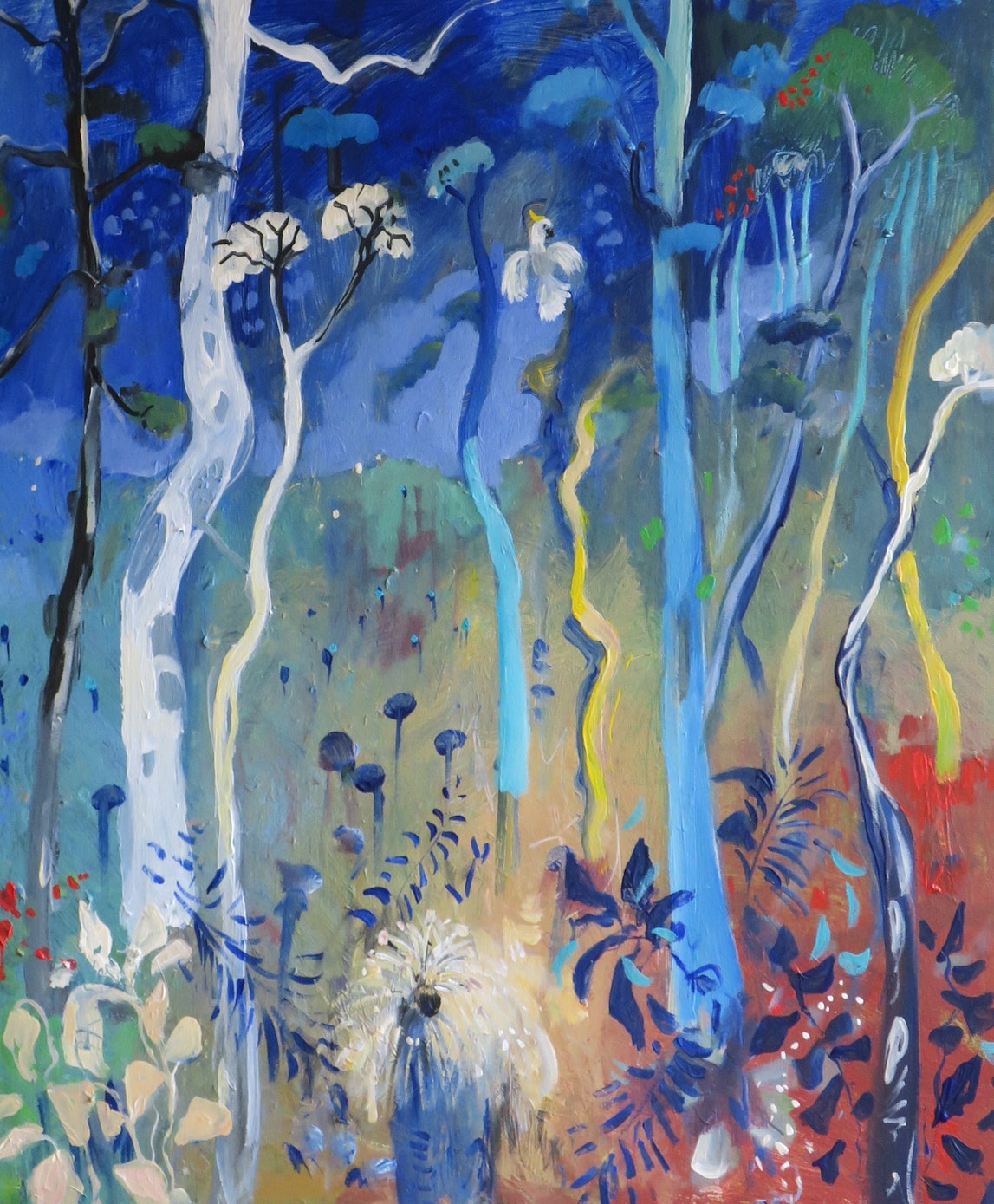
Susan’s expressive style benefits hugely from spontaneity. Painting: Mystic Blue.
Matthew Quick: Oils
Matthew Quick loves the subtle tones he can create with oil paints. “For example,” he says, “if you’re trying to paint skin and you want to show a blue vein, you really need to paint the blue first and then overlay it with a semi-translucent skin colour – you need to show in paint what happens in real life.”
Like Elaine, Matthew also uses soft, acrylic brushes. “They wear out quite quickly, but at their different life stages they’re useful for different things. For example, I use brushes that have been splayed and ‘ruined’ to create small, feathered details.”
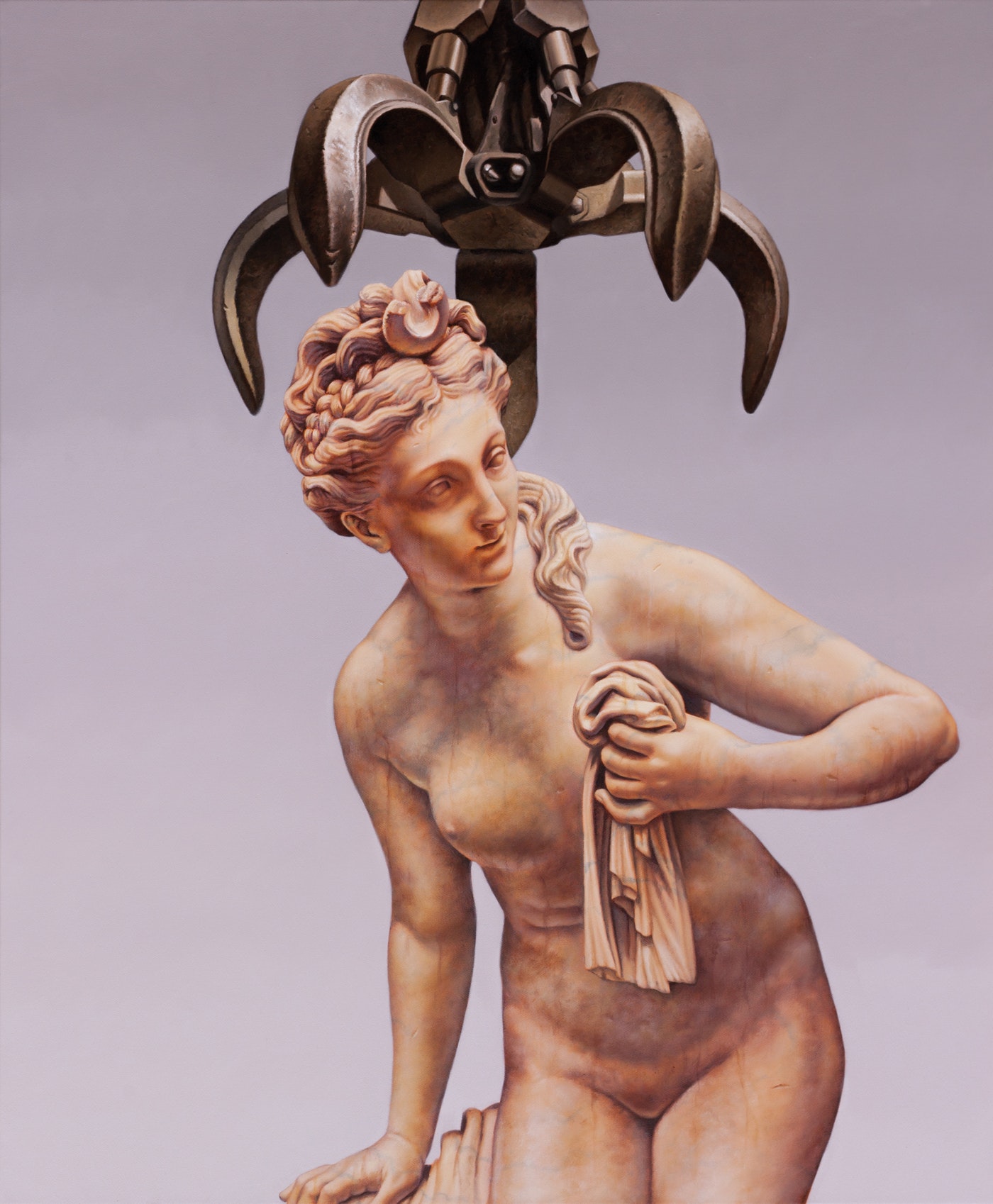
Matthew’s statuesque figures have a human quality to them, thanks to the subtlety of tones that he achieves. Utmost Respect.
Ben Tankard: Acrylics
“I choose acrylic for the drying time,” says Bluethumb artist Ben Tankard. “An impasto oil painting (with a thick, textured surface) will take around 6 months to dry, whereas with acrylic I can finish a painting within a week, even with multiple coats of paint.”
Ben’s secret to getting such fantastic results? “I think it’s essential that you use good quality paints. With cheaper paints, the textures can be inconsistent and they may not have enough pigment.”
“Currently I don’t add any other medium to the paint,” Ben tells us. “I just apply it thick and build it up in multiple coats, which creates a nice texture. Where necessary I add water to create thinner washes. I use synthetic brushes for smooth effects, and hog bristle brushes when I want to leave more visible brush strokes.”
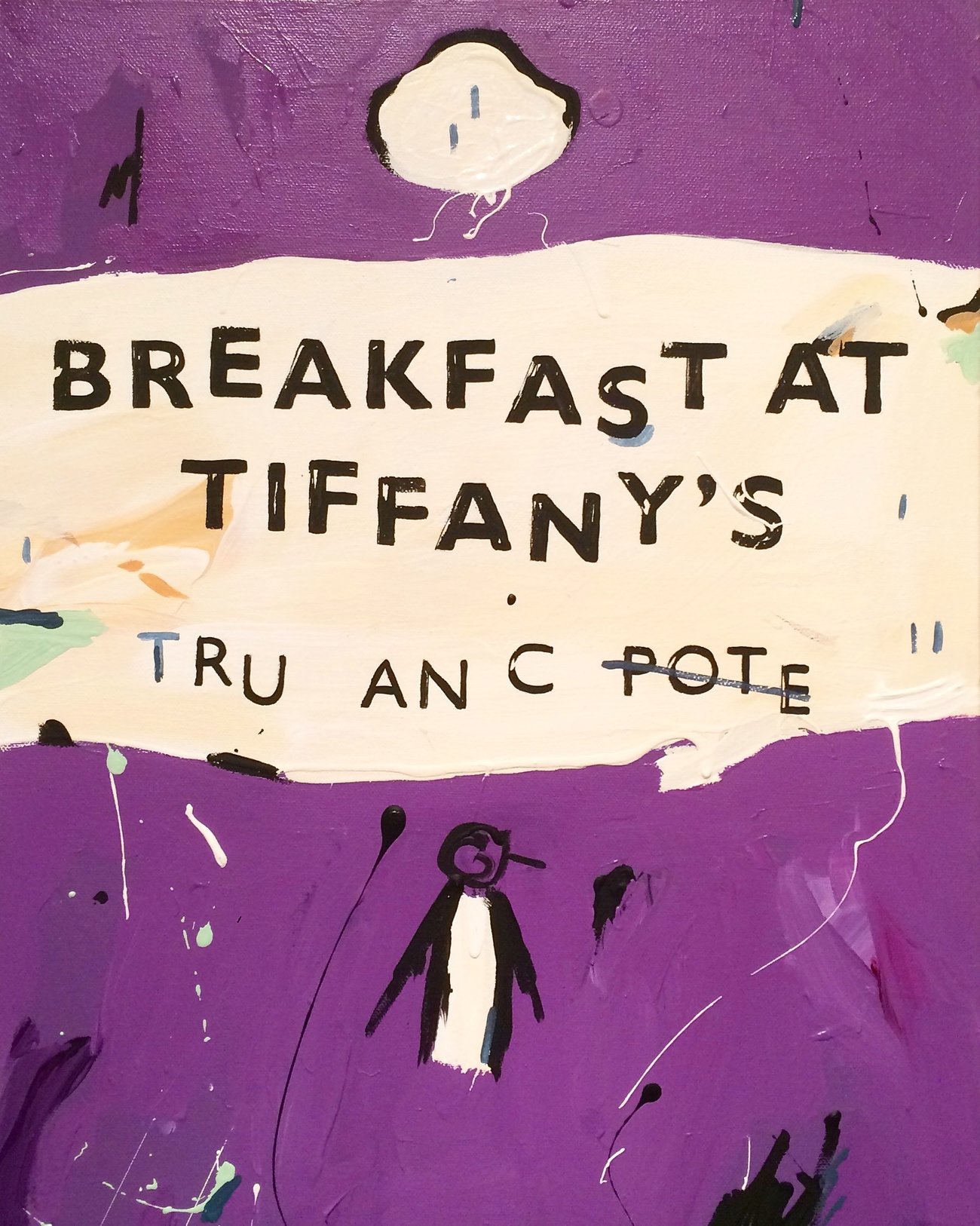
Ben couldn’t be such a prolific artist if he didn’t paint using acrylics! Unpopular Penguin 153.

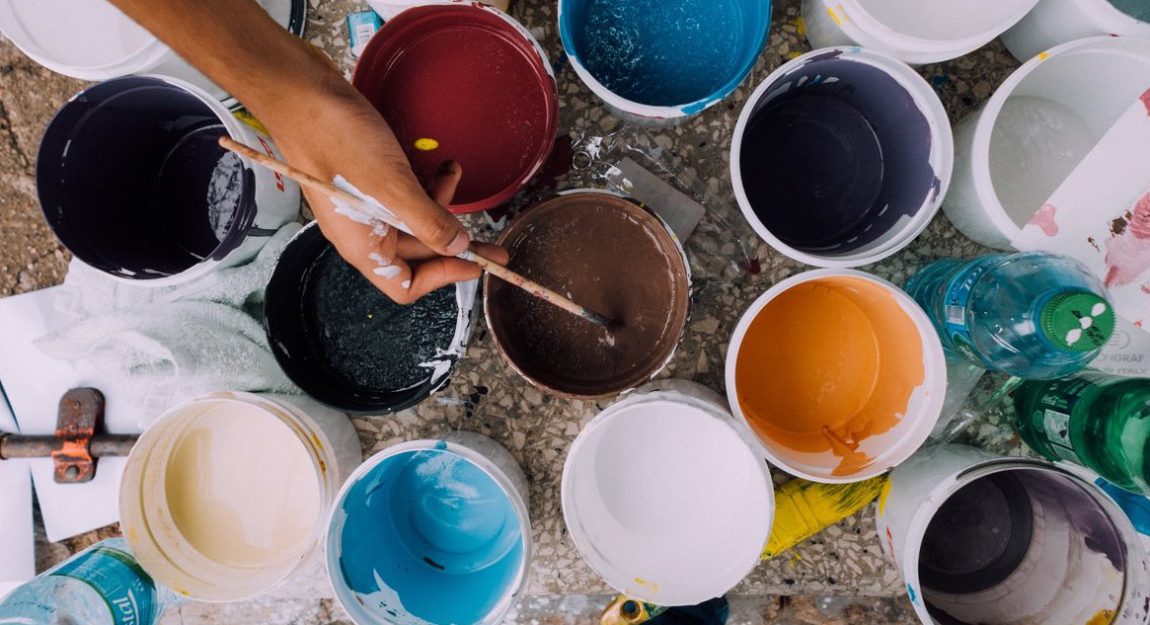
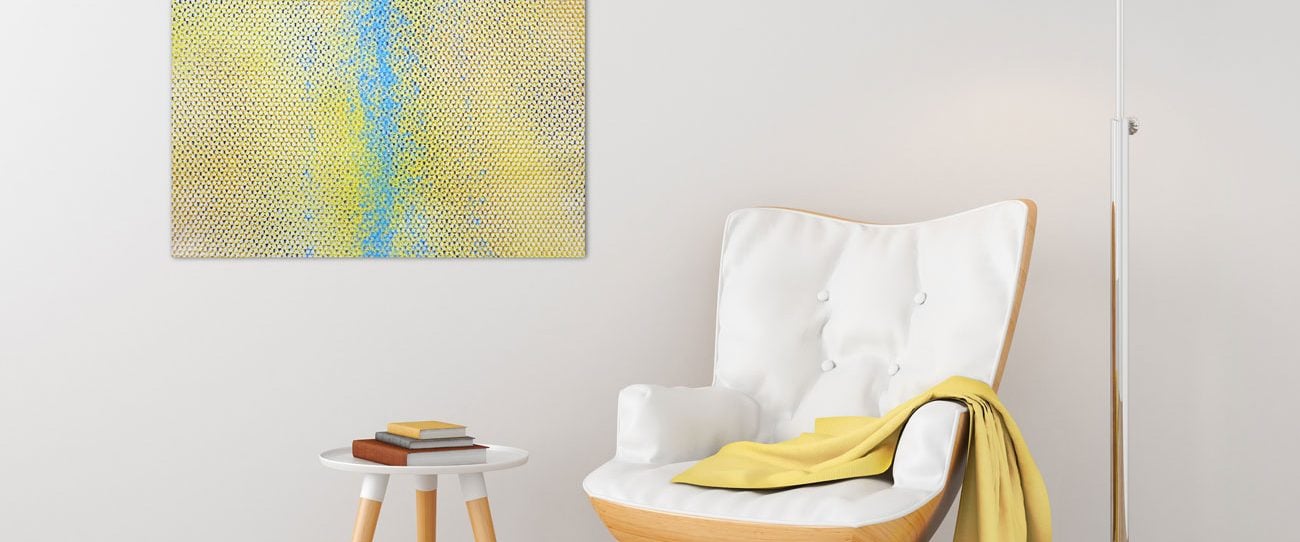



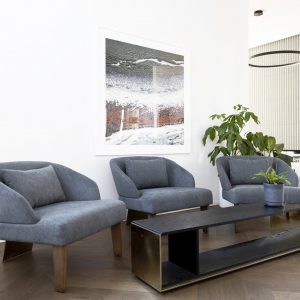






For those liking the blendability of oils and the easy clean-up of acrylics, try Windsor & Newton water-based oils. It sounds a contradiction in terms but I have found them good – perhaps not QUITE as luminous as oils – but far healthier as no need to breathe in turps fumes.
Love what you are doing for artists!
Is it still possible to join Bluethumb?
I filled out the form when you started but didn’t have photos of my completed work so think I stopped there.
Thank you
Diana Battle (Toowoomba)
For those that are painting serious classic art.
As the Masters did long ago and started with egg tempera they achieved great detail.
However, the depth was lacking.
Then in Flanders, the ‘van Eyk brothers’ started to use oil based pigment in very thin glazes on top of the egg tempera.
Acrylic can be seen as egg tempera, and it is very safe (mitts the under painting is dry) to go on top of the acrylic with oil paint.
Caution, the other way around does not work.
If you like texture, paint it in acrylic, and then you can go on top with oil, and the effect can be sensational. Use a medium of Dammar/turpentine mixed with stand-oil, or sun bleached lindseed oil. Be careful with any ‘driers’ for they eventually will crack the paint surface in only a few decades.
Do not be afraid to experiment.
Jos